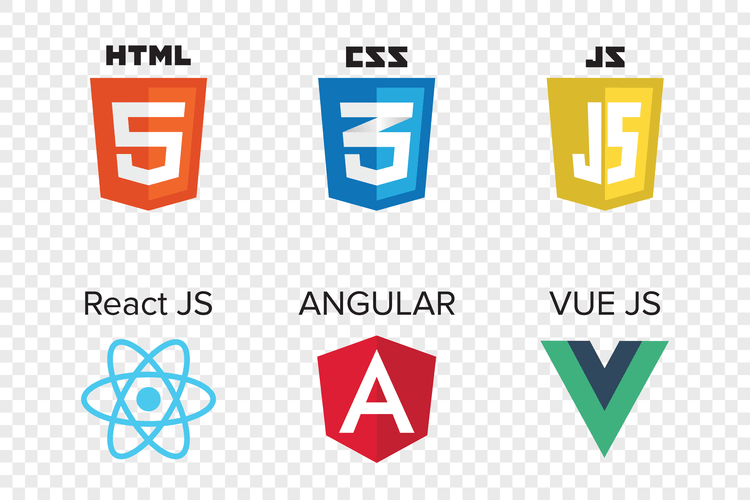Understanding Project Loom Concurrency Fashions
Virtual threads alone might be a huge profit to the ecosystem. The other stuff will assist, but won’t have near the identical impression. Fibers are, then, what we name Java’s deliberate user-mode threads. This part will listing the requirements of fibers and explore some design questions and options. It just isn’t meant to be exhaustive, however merely present an outline of the design space and provide a way of the challenges concerned. A thread is a sequence of pc directions executed sequentially.

A separate Fiber class would possibly enable us extra flexibility to deviate from Thread, but would additionally current some challenges. If the scheduler is written in Java — as we wish — each fiber even has an underlying Thread instance. If fibers are represented by the Fiber class, the underlying Thread instance could be accessible to code operating in a fiber (e.g. with Thread.currentThread or Thread.sleep), which seems inadvisable. A secondary factor impacting relative performance is context switching. Hosted by OpenJDK, the Loom project addresses limitations within the conventional Java concurrency mannequin.
This may actually provide you with some overview like how heavyweight Java threads actually are. It is the objective of this project to add a light-weight thread construct — fibers — to the Java platform. What user-facing type this construct might take will be discussed under.
This is actually a significant cost, each time you create a thread, that’s why we have thread swimming pools. That’s why we have been taught not to create too many threads on your JVM, as a outcome of the context switching and memory consumption will kill us. It seems that person threads are actually java project loom kernel threads nowadays. To show that that is the case, simply verify, for example, jstack utility that reveals you the stack hint of your JVM. Besides the precise stack, it really shows quite a quantity of attention-grabbing properties of your threads.
State Of Loom
We additionally believe that ReactiveX-style APIs stay a strong approach to compose concurrent logic and a natural method for dealing with streams. We see Virtual Threads complementing reactive programming fashions in removing obstacles of blocking I/O whereas processing infinite streams using Virtual Threads purely stays a problem. ReactiveX is the right method for concurrent scenarios during which declarative concurrency (such as scatter-gather) matters.
- Serviceability and observability have all the time been high-priority concerns for the Java platform, and are amongst its distinguishing features.
- Maybe a little disappointing for low degree nuts and different languages like kotlin, but the best transfer IMO.
- Using the structured concurrency, it’s truly pretty simple.
- A digital thread could be very lightweight, it’s low cost, and it is a user thread.
- Once we reach the final line, it will await all pictures to obtain.
- In some cases, you should additionally guarantee thread synchronization when executing a parallel task distributed over a number of threads.
Internally, it was doing all this forwards and backwards switching between threads, also referred to as context switching, it was doing it for ourselves. It can additionally be attainable to split the implementation of these two building-blocks of threads between the runtime and the OS. This has the advantages offered by user-mode scheduling whereas nonetheless allowing native code to run on this thread implementation, but it nonetheless suffers from the drawbacks of comparatively excessive footprint and not resizable stacks, and is not obtainable but. Splitting the implementation the opposite way — scheduling by the OS and continuations by the runtime — seems to have no benefit at all, because it combines the worst of each worlds. Indeed, some languages and language runtimes efficiently provide a lightweight thread implementation, most famous are Erlang and Go, and the function is each very useful and well-liked.
What In Regards To The Threadsleep Example?
You can contemplate calling an async function as spawning a user-level “thread”; chained-up callbacks are the identical factor, but with handbook CPS rework. At which level would you say Java has improved sufficient to catch up with Kotlin (supposing Kotlin does not also keep improving)? As a long-term consumer of Kotlin, I would say I would not attain out for Kotlin anymore for new initiatives.
The Loom project started in 2017 and has undergone many modifications and proposals. Virtual threads were initially called fibers, however afterward they have been renamed to keep away from confusion. Today with Java 19 getting nearer to launch, the project has delivered the two options mentioned above. Hence the trail to stabilization of the options must be more precise. OS threads are on the core of Java’s concurrency mannequin and have a very mature ecosystem round them, but they also include some drawbacks and are expensive computationally.
Java net technologies and trendy reactive programming libraries like RxJava and Akka could also use structured concurrency successfully. This doesn’t imply that virtual threads would be the one answer for all; there will still be use instances and advantages for asynchronous and reactive programming. With this approach with Project Loom, discover that I’m truly beginning as many concurrent connections, as many concurrent digital https://www.globalcloudteam.com/ threads, as many pictures there are. I personally do not pay that much worth for starting these threads as a result of all they do is simply like being blocked on I/O. It’s absolutely fine to begin 10,000 concurrent connections, because you won’t pay the worth of 10,000 carrier or kernel threads, as a result of these digital threads might be hibernated anyway.
Java’s New Virtualthread Class
There is sweet cause to consider that many of these circumstances could be left unchanged, i.e. kernel-thread-blocking. For example, class loading happens incessantly solely throughout startup and only very occasionally afterwards, and, as defined above, the fiber scheduler can simply schedule around such blocking. Many makes use of of synchronized only defend memory entry and block for very quick durations — so short that the problem can be ignored altogether. Similarly, for the utilization of Object.wait, which is not common in modern code, anyway (or so we imagine at this point), which uses j.u.c.

If you’re doing the actual debugging, so that you want to step over your code, you want to see, what are the variables? Because when your digital thread runs, it is a normal Java thread. It’s a traditional platform thread as a outcome of it makes use of provider thread underneath. However, you just have to remember on the again of your head, that there’s something particular taking place there, that there’s a whole number of threads that you don’t see, as a end result of they are suspended.
Using a digital thread based mostly executor is a viable various to Tomcat’s standard thread pool. The advantages of switching to a virtual thread executor are marginal when it comes to container overhead. Project Loom goals to deliver “easy-to-use, high-throughput, lightweight concurrency” to the JRE.

Whereas the OS can help up to some thousand energetic threads, the Java runtime can assist hundreds of thousands of digital threads. Every unit of concurrency in the utility domain could be represented by its own thread, making programming concurrent functions simpler. Forget about thread-pools, simply spawn a brand new thread, one per task.
A few use instances that are actually insane these days, however they will be maybe helpful to some people when Project Loom arrives. For instance, for example you want to run something after eight hours, so that you want a quite simple scheduling mechanism. Doing it this way without Project Loom is definitely simply loopy. Creating a thread and then sleeping for eight hours, because for eight hours, you would possibly be consuming system resources, primarily for nothing. With Project Loom, this may be even a reasonable method, as a outcome of a digital thread that sleeps consumes very little sources.
Structured Concurrency
Better dealing with of requests and responses is a bottom-line win for an entire universe of present and future Java purposes. Continuations is a low-level function that underlies virtual threading. Essentially, continuations permits the JVM to park and restart execution move. To offer you a sense of how ambitious the adjustments in Loom are, present Java threading, even with hefty servers, is counted within the 1000’s of threads (at most). Loom proposes to move this restrict toward hundreds of thousands of threads.
This was actually an experiment accomplished by the group behind Jetty. After switching to Project Loom as an experiment, they realized that the garbage assortment was doing way more work. The stack traces were truly so deep under regular load, that it did not really convey that much worth.
